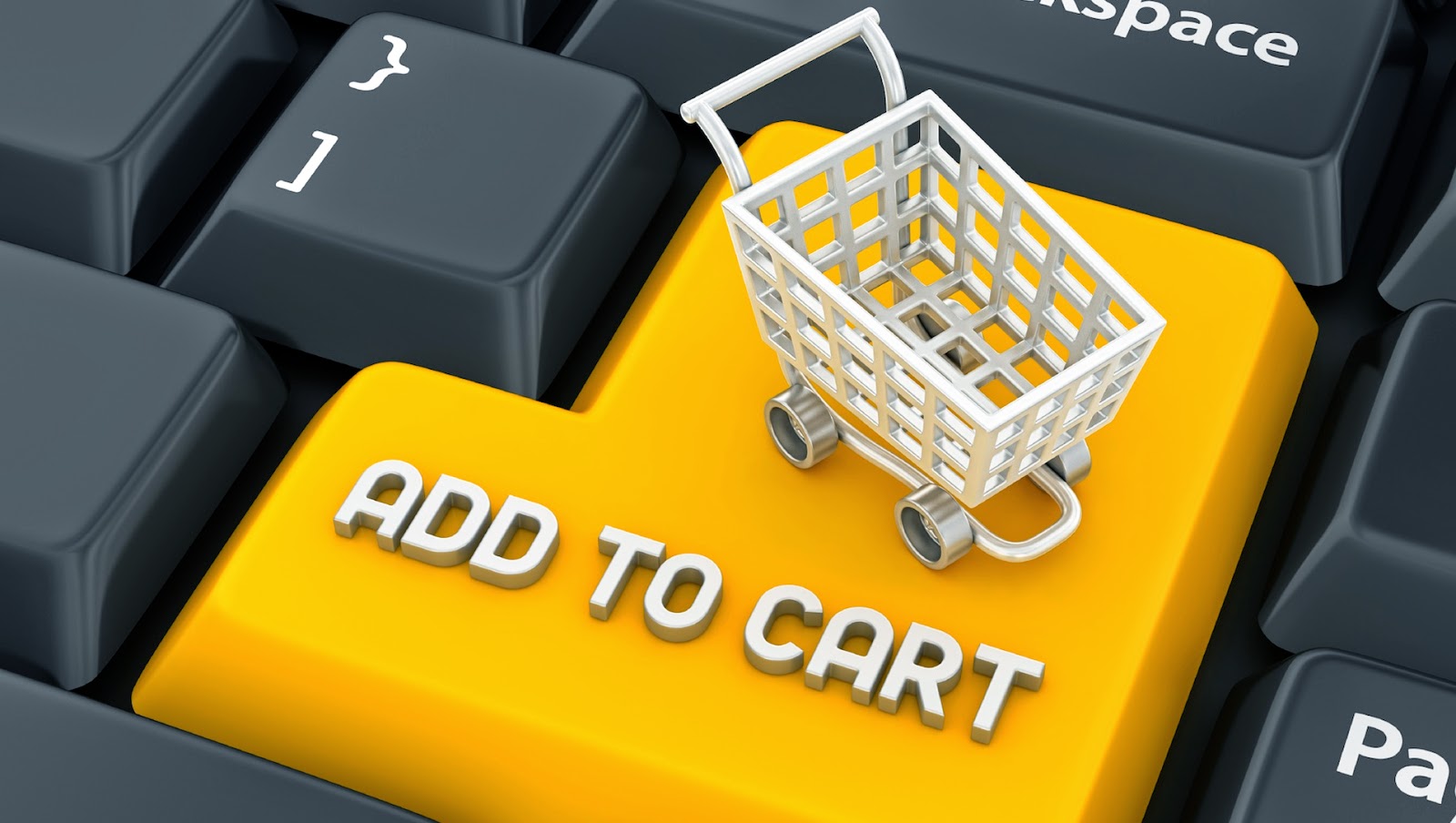
How to prevent the user from leaving the shopping cart online?
80% of users who visit an online store, leave the site filling the shopping cart but without purchasing anything. Multiplica has prepared a report in which it reveals the keys to prevent this from happening
Walk, look, try, take a product, but, in the end, nothing. The freedom that the online media entails at the time of purchase means that, many times, the user leaves the site, filling the cart, but without acquiring anything. In order to detect which are the best practices so that this does not happen, Multiplica, online strategy consultant, digital marketing and persuabilidad, has carried out a report in which it has analyzed different national and international sites and has developed which are the Main aspects to take into account in the design of an effective online store.
 Importance to the purchase itself
Importance to the purchase itself
The purchase has to be understood as an experience, and as such, should be clear, at all times, the steps that the buyer takes in it. Therefore, when adding a product in the basket, it should not be in the background, but must be specified, specified, etc. Many times, for not having correctly entered the characteristics of the product, it has not been added to the basket.
In the same way, the steps must be small and fast, at most two. Windows should be loaded in an agile manner. This a priori, it seems obvious, is one of the reasons to stand out of the abandonment of buyers, 18% leave the site by downloading slow of the pages.
Clarity and control in the process
The user must be at all times, “owner and lord” of your purchase. You must know what you are acquiring (information and detail), receive help if you need it and perceive security and control on the site, without distractions. Therefore, graphics, messages, etc., must always be clear, that do not give rise to doubts.
No one asks for data from a customer before buying
Sometimes, there is an excessive zeal for requesting the user’s contact information, even before the user has made his purchase. The registration must be made at the end, once the buyer has satisfactorily completed its acquisition.
Humanized and intuitive forms
The purchase forms do not have to be endless, and expensive. You will always have to look for humanization in them, that are more like a conversation, than a cold questionnaire. Since in the online store there is not a dependent, transfer a little of that naturalness to the process, offering help at all times and providing ease in the mode of payment.
Total cost, form of return, voucher and signature
The total cost of the purchase, transport costs, etc., will be clearly visible to the customer. In the same way, it is important that at the moment of making the acquisition the feeling of security is absolute. Beware of pop-up windows in Explorer that warn “this page contains insecure elements”. Also, one of the main reasons for leaving the online store, are transport costs. We will have to avoid them as much as possible and encourage the user with discounts on higher purchases.
In the same way, just as in an establishment the customer takes his voucher, in the online store, we must confirm the purchase in an immediate way and give the assurance that everything has been done correctly.
Option to record the purchase
If the buyer leaves the store without buying anything, he can be given the option to record his purchase to retake it later. It is about taking advantage of the possibilities of the Internet, of the medium. In a physical purchase, that person who will only look at the store and leave without acquiring, can not “resume” and induce him to finalize his purchase in some way. However, in the online medium it can be done, why not take advantage of it? On the other hand, if the purchase has not materialized, there are solutions via mail or online advertising to try to do so at another time.
Leave a reply